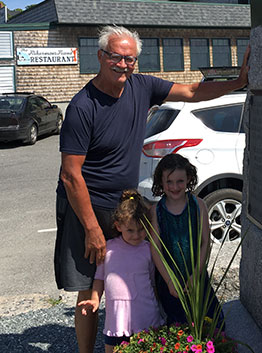To say that the events of this past week isn’t “who we are” as a people and country is as much wrong as it is right. To think otherwise is possible only if we sanitize our past, only if our country’s dark and ugly side is scrubbed out. Simplifying our past is historically mistaken and political disarming at a moment when we must look at our past and present squarely and many sidely. Illusions and feel good stories of our country’s past and present aren’t our allies as we try to construct a more just society in the present.
The events of this past week – its shining moment in Georgia when an African American and Jewish American were elected to Congress and the storming of the Congress a day later – argue, among other things, for energized and organized movements at every level of governance to defend, deepen, and extend democracy. Perhaps there is no better example of their role and necessity than the movement/coalition to challenge voter suppression and expand voter participation led by Stacey Abrams in Georgia.
To understand the terror attack last week, it isn’t necessary to turn Hitler’s Germany or Mussolini’s Italy to find a predecessor or understand what happened. Just as easily one can go back into our own history. Following the Civil War, Southern Redeemers — bloody counter revolutionists — employed “White Terror” to violently overthrow the democratically constructed and multi-racial Reconstruction governments in the South and proceeded to install a new, whites only political regime throughout the South. It rested on terror, coercion, and the super exploitation of Black people who were stripped of any rights and forced to live in constant fear. It was the U.S. variant of fascism, long before fascism as a word and regime was part of the world’s lexicon and experience.
In deciding what to do about Trump’s role in the storming of Congress, future precedent as well as justice in the moment has to be considered.
Anyone who thinks that the struggle for center-progressive-left-democratic unity can be dispensed with should think again in light of yesterday’s unprecedented events in Washington. Trump and his movement will come out of their seditious and treasonous action likely weaker, but still a formidable political bloc that can’t be discounted by the Biden administration or the expansive democratic coalition that supported him during the election. The terrain of struggle shifted on election day, once more on January 5 when an African American and Jewish American were elected to Congress from the state of Georgia, and then the day after, but not so much that the broad democratic front can afford to lose sight of the ongoing Trumpist danger and what inexorably follows — the imperative for broad unity.



